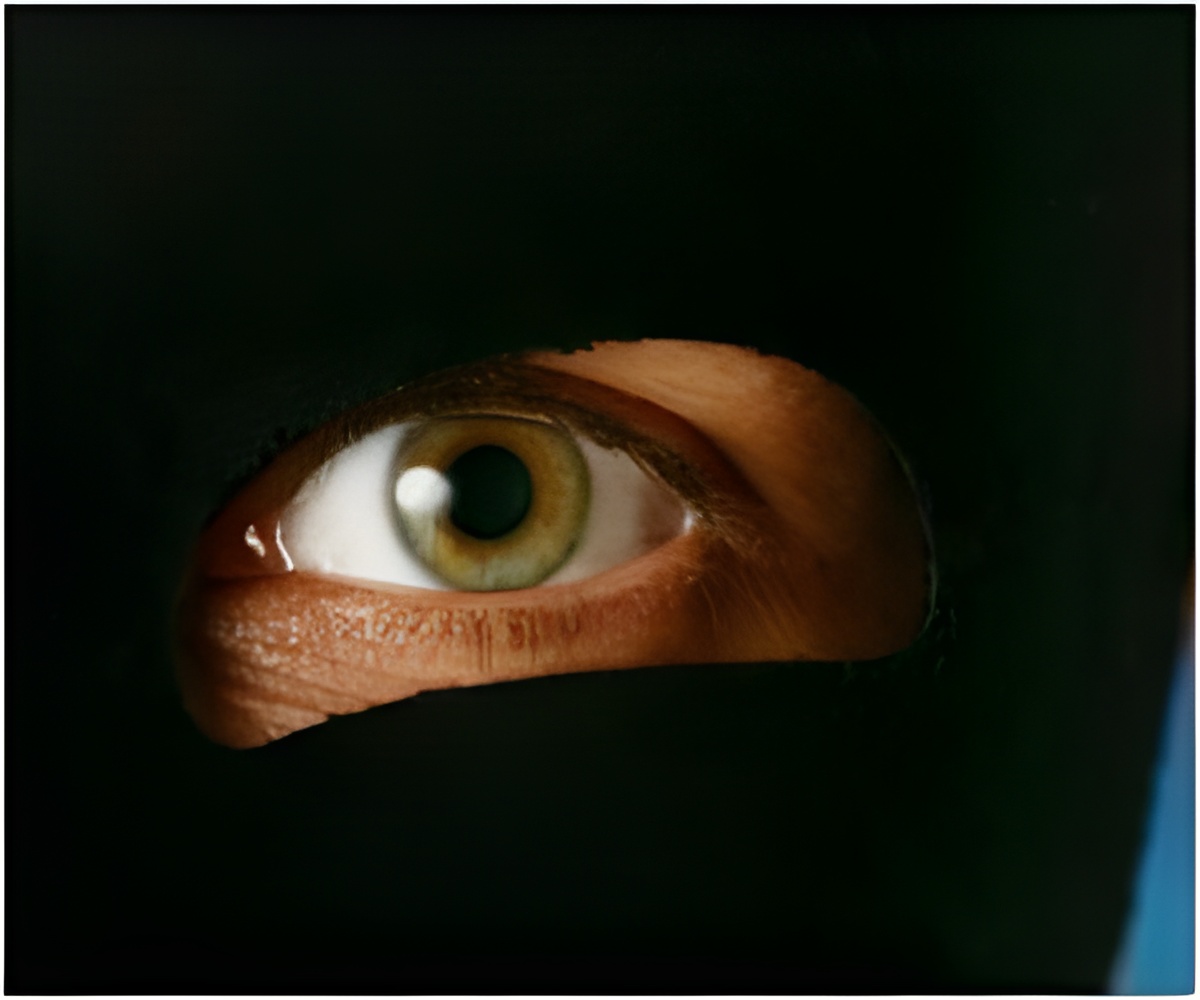Solving the mystery behind circadian rhythms, researchers have found that the rod cells in our eyes set our so called internal clocks that regulate everything from our sleep-wake

But a Johns Hopkins biologist - working in collaboration with scientists at the University of Southern California and Cornell University-unlocked part of that mystery recently.
Their study found that rod cells - one of three kinds of exquisitely photosensitive cells found in the retina of the eye - are the only ones responsible for "setting" those clocks in low light conditions.
In addition, the study found that rods - which take their name from their cylindrical shape - also contribute (along with cones and other retinal cells) to setting internal clocks in bright light conditions.
The findings are surprising for several reasons, according to study leader Samer Hattar of the Department of Biology at the Krieger School of Arts and Sciences.
"One is that it had previously been thought that circadian rhythms could only be set at relatively bright light intensities, and that didn't turn out to be the case," Nature quoted him as saying.
Advertisement
In addition, the study has possible implications for older people being cared for in nursing homes and hospitals, he said.
Advertisement
"Otherwise, they could have sleep disturbances, such as intermittent waking or difficulty falling asleep, not to mention the impact on their appetite and other bodily functions," he added.
The study appeared in a recent issue of Nature Neuroscience.
Source-ANI









